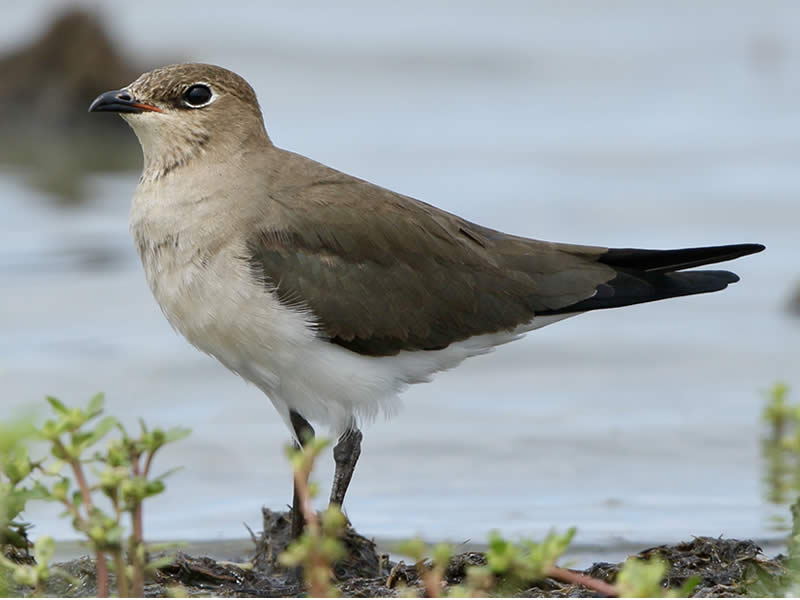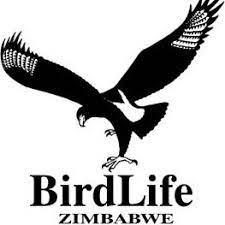BIRDING IN ZIMBABWE
Hwange National Park

Crimson-breasted Shrike

Cape Shoveler

Black-winged Pratincole
Hwange National Park is a famous park of 14,600 km2 in the northwest of Zimbabwe. On mainly Kalahari sands it has something like 40,000 pans attracting a variety of waterbirds, teak woodlands, fossil dunes with vlei and grassland in the troughs, basalt and granite areas in the north and basalt in the extreme south.
The park’s Bradfield Hornbill protected population is probably the highest in the world and the Yellow-billed Oxpecker probably the highest population in the subregion. The pans and surrounds are popular birdwatching spots withCommon Ostrich, Burchell’s Sandgrouse, Woolly-necked and Saddle-billed Storks, Kori Bustards and Red-crested Korhaans, Southern Ground-hornbills, Secretarybirds, lapwings and a wide variety of waders, Collared and Black-winged Pratincoles, Three-banded Coursers, Yellow-throated Sandgrouse, Chestnut-backed and Grey-backed Sparrowlarks and many others to watch whilst you game-watch. Lion kills will bring in vultures and Marabou Storks and the park is an important area for many raptors including
Bateleur, Tawny and Martial Eagle, African Hawk-eagle, Southern Pale Chanting-goshawk, Dickinson’s Kestrel, African and Eurasian Hobby, Red-necked Falcon and a wide of others plus harriers in the wet season. The pans themselves have herons and egrets, Dwarf Bittern, flamingos and ducks including Maccoa, Lesser Moorhen, terns and African Skimmer, and it is worth checking the more vegetated ones in the rains for Corn, Spotted, Striped and Baillon’s Crakes. The woodlands and drier bush and acacia have Southern Pied Babbler, African Red-eyed Bulbul, Arnot’s Chat, Kalahari Scrub-robin, Barred Wren-warbler and Stierling’s Wren-warbler, Tinkling Cisticola, Black-chested Prinia, Magpie Shrike and Crimson-breasted Shrike, Southern White-crowned Shrike, Meves’s Starling, Red-billed Buffalo-weaver, Orange-winged Pytilia, Shaft-tailed Whydah and Broad-tailed Paradise-whydah and Black-faced Waxbill.
This is an extensive park and it is worth spending a fair amount of time here to cover all the habitats and areas.
Image credits: Crimson-breasted Shrike, Cape Shoveler & Black-winged Pratincole by Roger MacDonald
